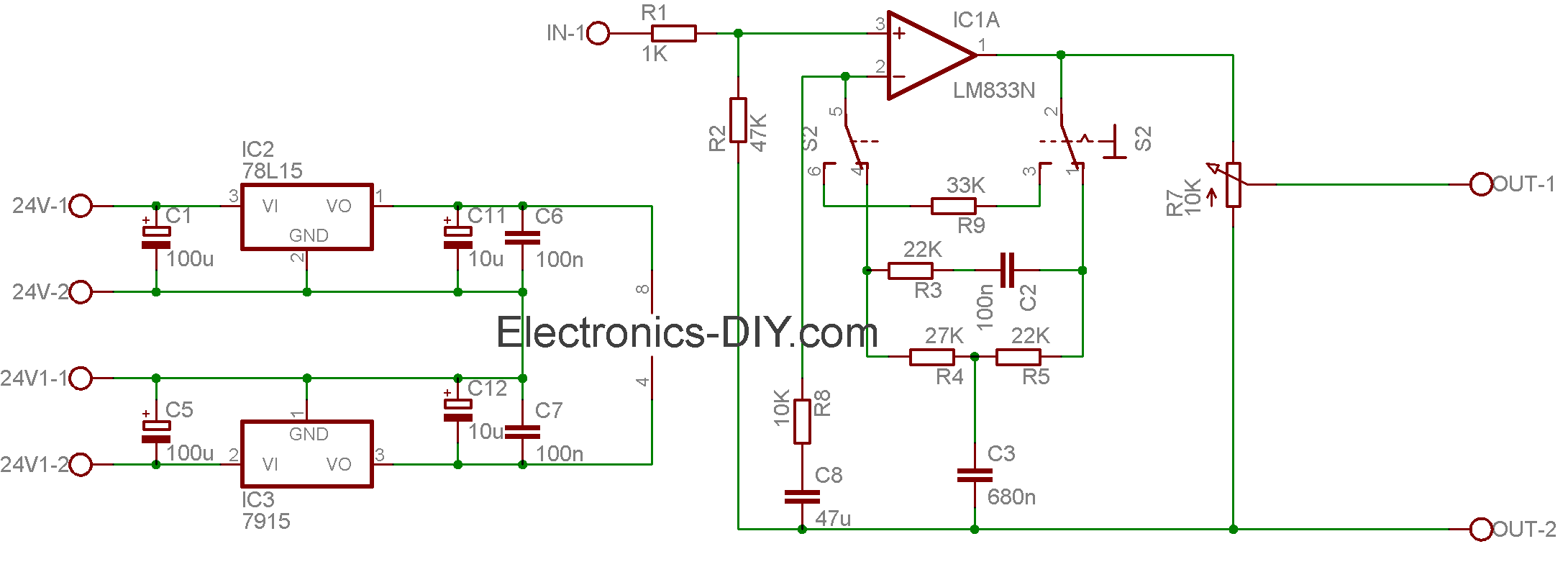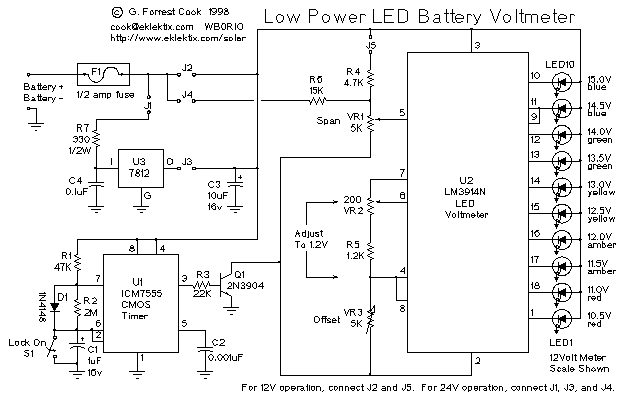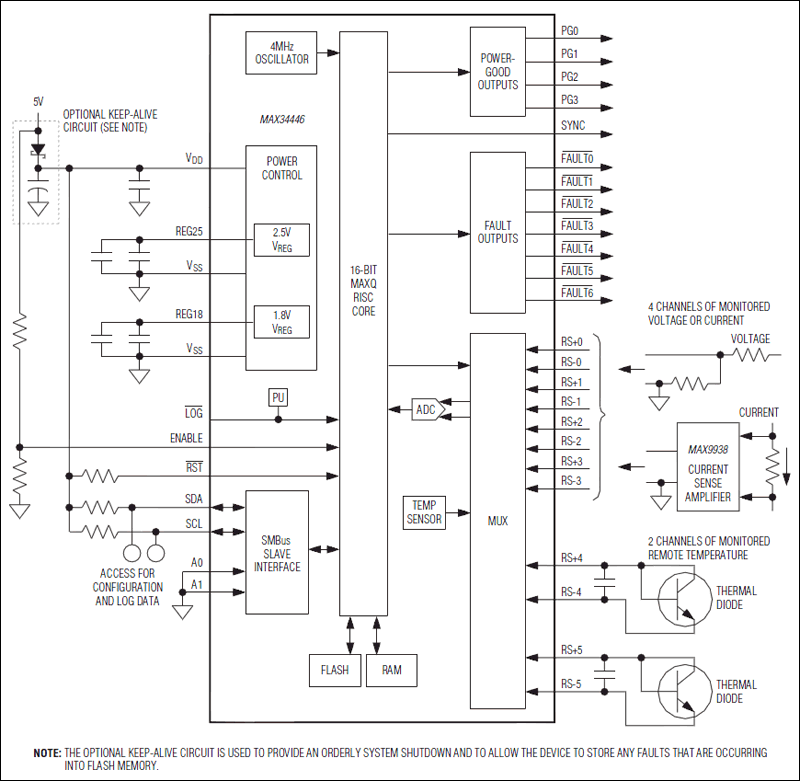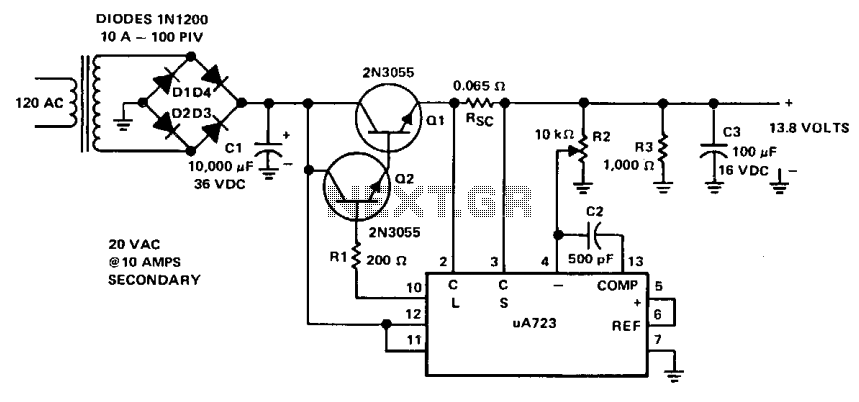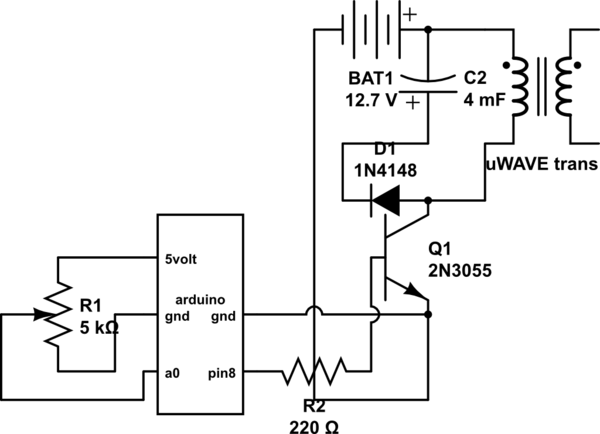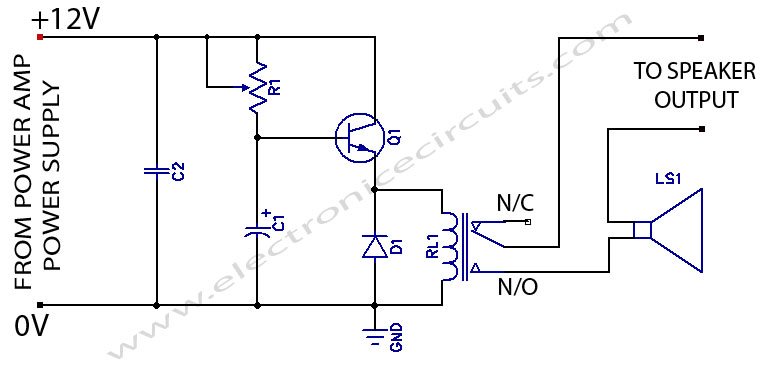
Power MOSFET Bridge Rectifier
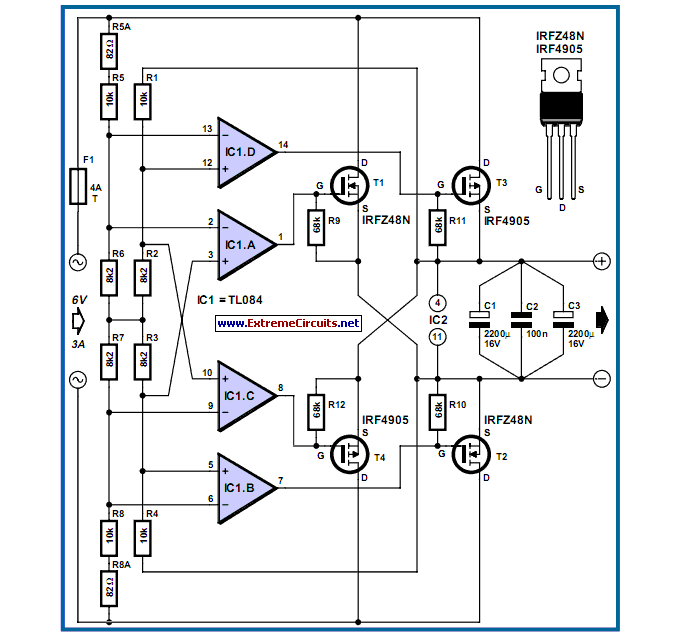
The losses in a bridge rectifier can easily become significant when low voltages are being rectified. The voltage drop across the bridge is approximately 1.5 V.
In a bridge rectifier circuit, the configuration consists of four diodes arranged in a bridge formation, allowing for the conversion of alternating current (AC) to direct current (DC). The primary advantage of this topology is that it enables full-wave rectification, utilizing both halves of the AC waveform, which results in a smoother output voltage compared to half-wave rectification.
When low voltages are rectified, the forward voltage drop across the diodes becomes a crucial factor. Typically, silicon diodes exhibit a forward voltage drop of about 0.7 V per diode. In a bridge rectifier, two diodes conduct during each half-cycle of the AC input, leading to a cumulative voltage drop of approximately 1.4 V. This drop can be significant, especially when the input voltage is low, as it reduces the effective output voltage available for the load.
To mitigate the impact of these losses, alternative diode technologies such as Schottky diodes, which possess a lower forward voltage drop (approximately 0.3 V), can be employed. This substitution can enhance the efficiency of the rectifier, particularly in low-voltage applications where every millivolt matters.
Additionally, it is essential to consider heat dissipation in the design, as the power loss due to the forward voltage drop translates into heat, which can affect the reliability and longevity of the components. Proper thermal management strategies, such as heat sinks or active cooling, may be necessary to maintain optimal operating conditions.
In summary, while bridge rectifiers are effective for converting AC to DC, careful consideration must be given to the voltage drop across the diodes, especially in low-voltage scenarios, to ensure efficient operation and to minimize losses.The losses in a bridge rectifier can easily become significant when low voltages are being rectified. The voltage drop across the bridge is a good 1.5 V,.. 🔗 External reference
In a bridge rectifier circuit, the configuration consists of four diodes arranged in a bridge formation, allowing for the conversion of alternating current (AC) to direct current (DC). The primary advantage of this topology is that it enables full-wave rectification, utilizing both halves of the AC waveform, which results in a smoother output voltage compared to half-wave rectification.
When low voltages are rectified, the forward voltage drop across the diodes becomes a crucial factor. Typically, silicon diodes exhibit a forward voltage drop of about 0.7 V per diode. In a bridge rectifier, two diodes conduct during each half-cycle of the AC input, leading to a cumulative voltage drop of approximately 1.4 V. This drop can be significant, especially when the input voltage is low, as it reduces the effective output voltage available for the load.
To mitigate the impact of these losses, alternative diode technologies such as Schottky diodes, which possess a lower forward voltage drop (approximately 0.3 V), can be employed. This substitution can enhance the efficiency of the rectifier, particularly in low-voltage applications where every millivolt matters.
Additionally, it is essential to consider heat dissipation in the design, as the power loss due to the forward voltage drop translates into heat, which can affect the reliability and longevity of the components. Proper thermal management strategies, such as heat sinks or active cooling, may be necessary to maintain optimal operating conditions.
In summary, while bridge rectifiers are effective for converting AC to DC, careful consideration must be given to the voltage drop across the diodes, especially in low-voltage scenarios, to ensure efficient operation and to minimize losses.The losses in a bridge rectifier can easily become significant when low voltages are being rectified. The voltage drop across the bridge is a good 1.5 V,.. 🔗 External reference
